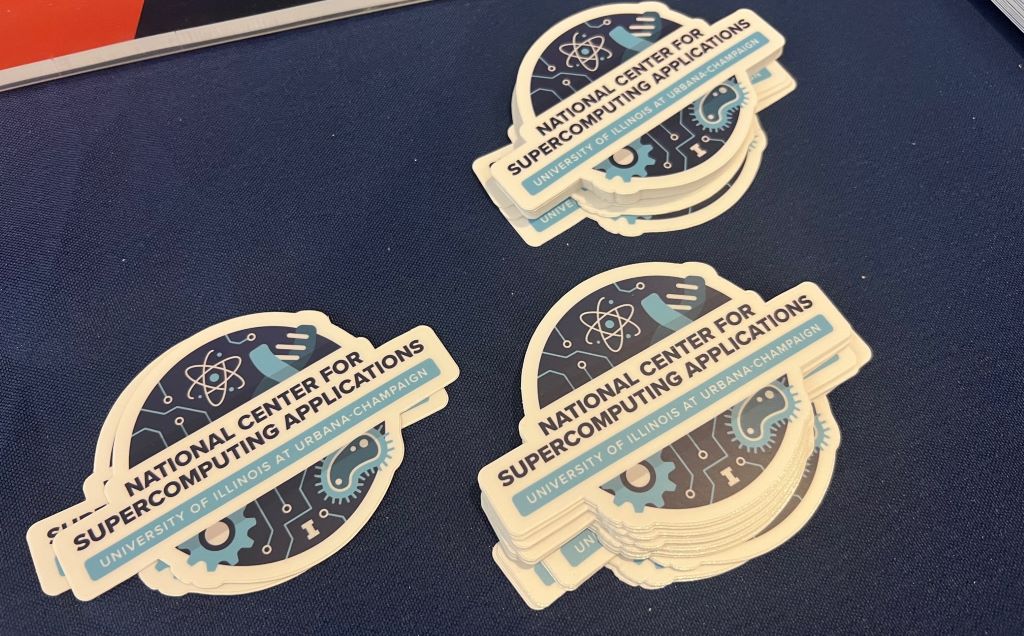On Friday afternoon, I took an hour to slip over the the Engineering Open House before the ominous weather began to set in. I’ve attended a few times as a field trip parent, where my attention was divided between the exhibits and corralling a group of 10-year-olds, so it was nice to be able to explore a little by myself and ask questions. I’m sort of embarrassed to admit that when I came to U of I as an undergrad, I quite literally had no idea what it even meant to major in engineering. Thankfully, events like this do the work of educating people like me, and perhaps more importantly younger people in the community, so that they can set their sights on such fields.
Here are a few of the displays I interacted with at the Hydrosystems Lab, the Electrical and Computer Engineering Building, the National Center for Supercomputing Applications (NCSA), and the Civil Engineering Lab. And of course, I didn’t even scratch the surface of all there was to see and do.
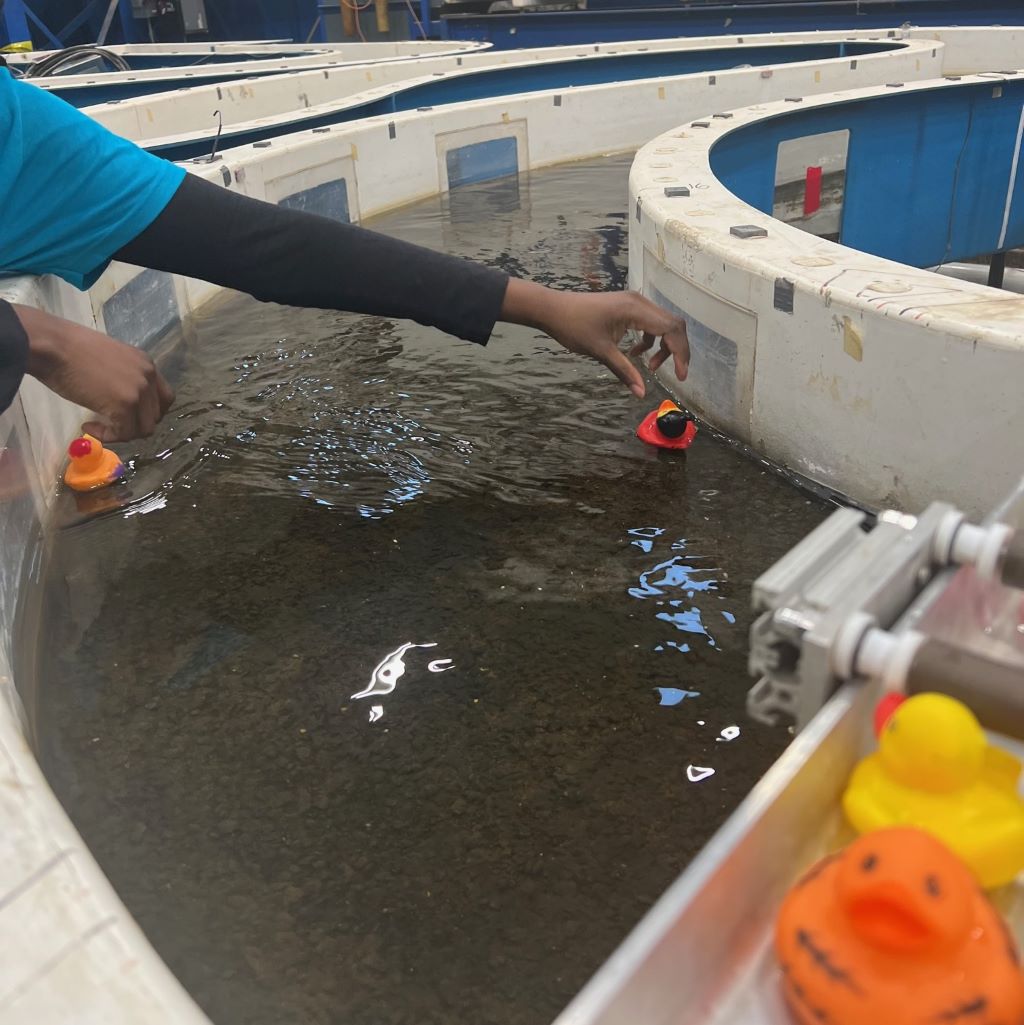
At the Hydrosystems Lab, I watched a demonstration of how bends in a river are formed, and affect water flow. There tends to be more sediment build up near the tighter bends, so the duck moved along more slowly due to drag. Along the wider curve, the duck zoomed along due to less build up.
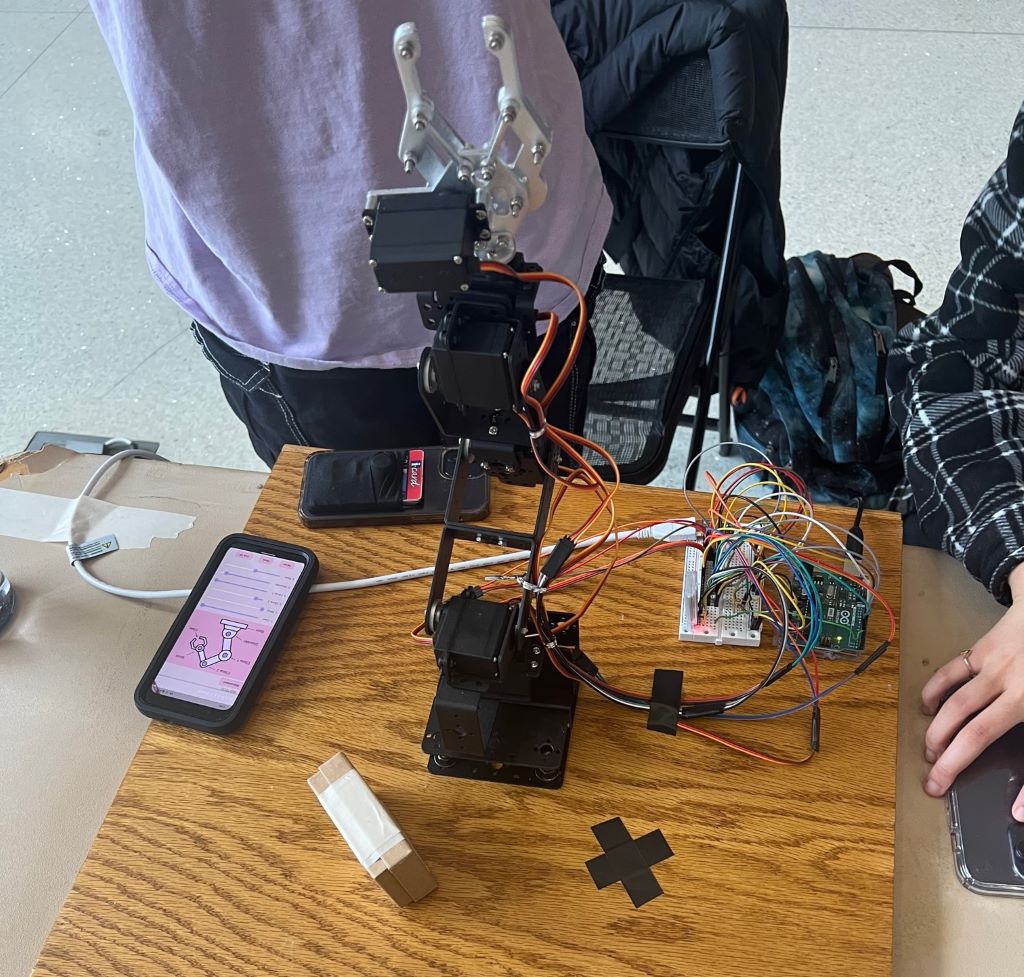
I spoke with a team of students from a women in Electrical and Computer Engineering group that was combining their knowledge to make a robotic arm move through Bluetooth. The endeavor involved developing software that could “talk” to the arm through the hardware setup.
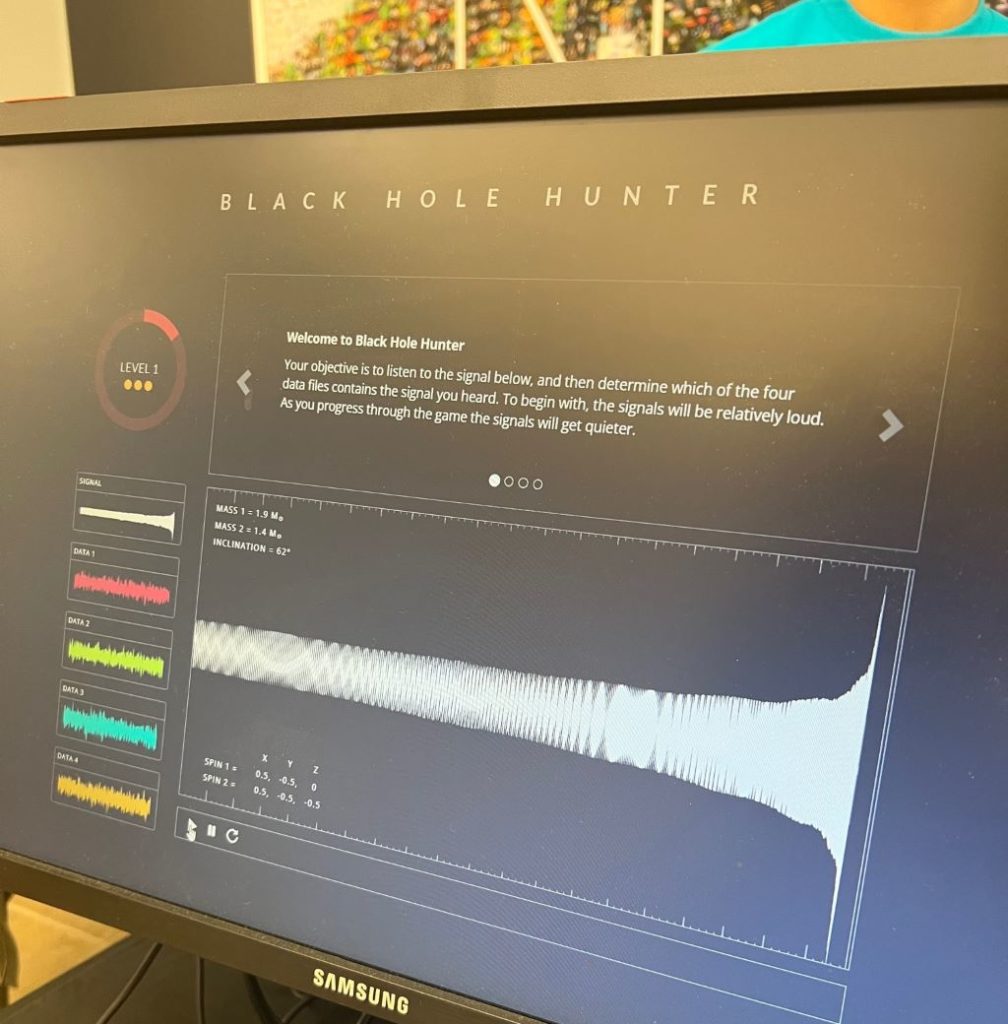
The NCSA Gravity Group is studying black holes, and I listened to what a black hole sounds like. I also heard about the process scientists use to “clean up” the noise surrounding a black hole, so that they can isolate the sound.
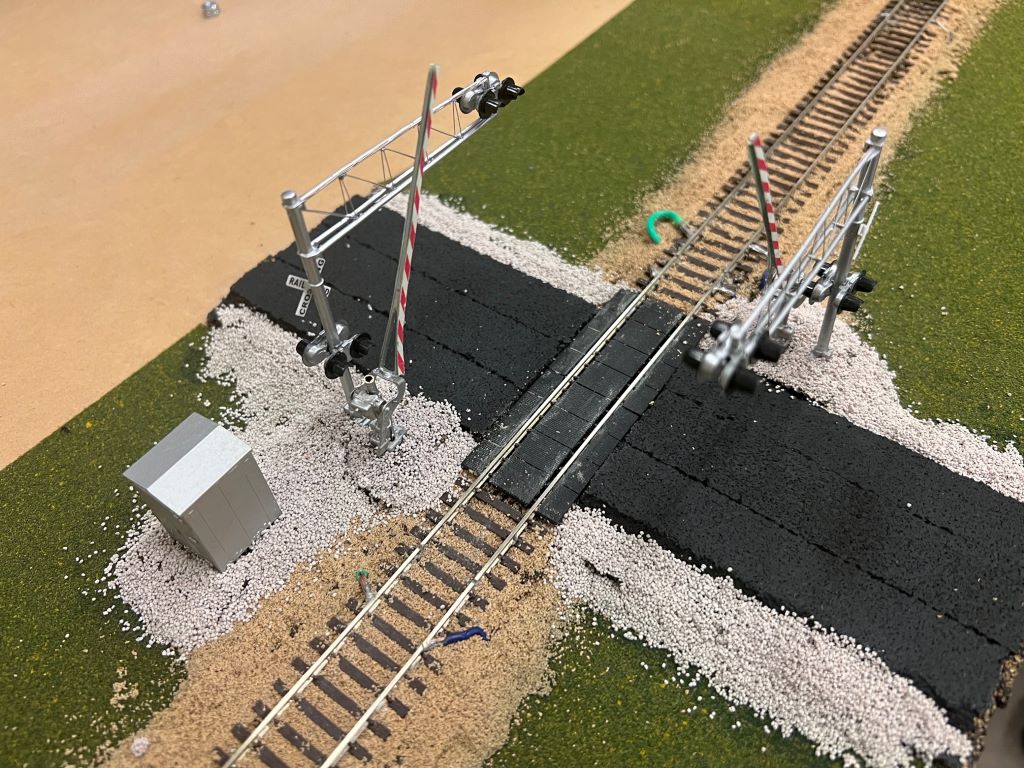
At the Civil Engineering Lab, I spoke to member of the student chapter of American Railway Engineering and Maintenance-of-Way Association (AREMA) about how warning signals on a railroad track work. Essentially, railroad signals have been operating in the same way for decades, they are just a bit more modernized now. Sensors in the tracks alert the signal, then the barricades go down. Now, those sensors are a bit more sophisticated and able to sense the velocity of an oncoming train.
Hopefully you got a chance to see some cool things this weekend too!








